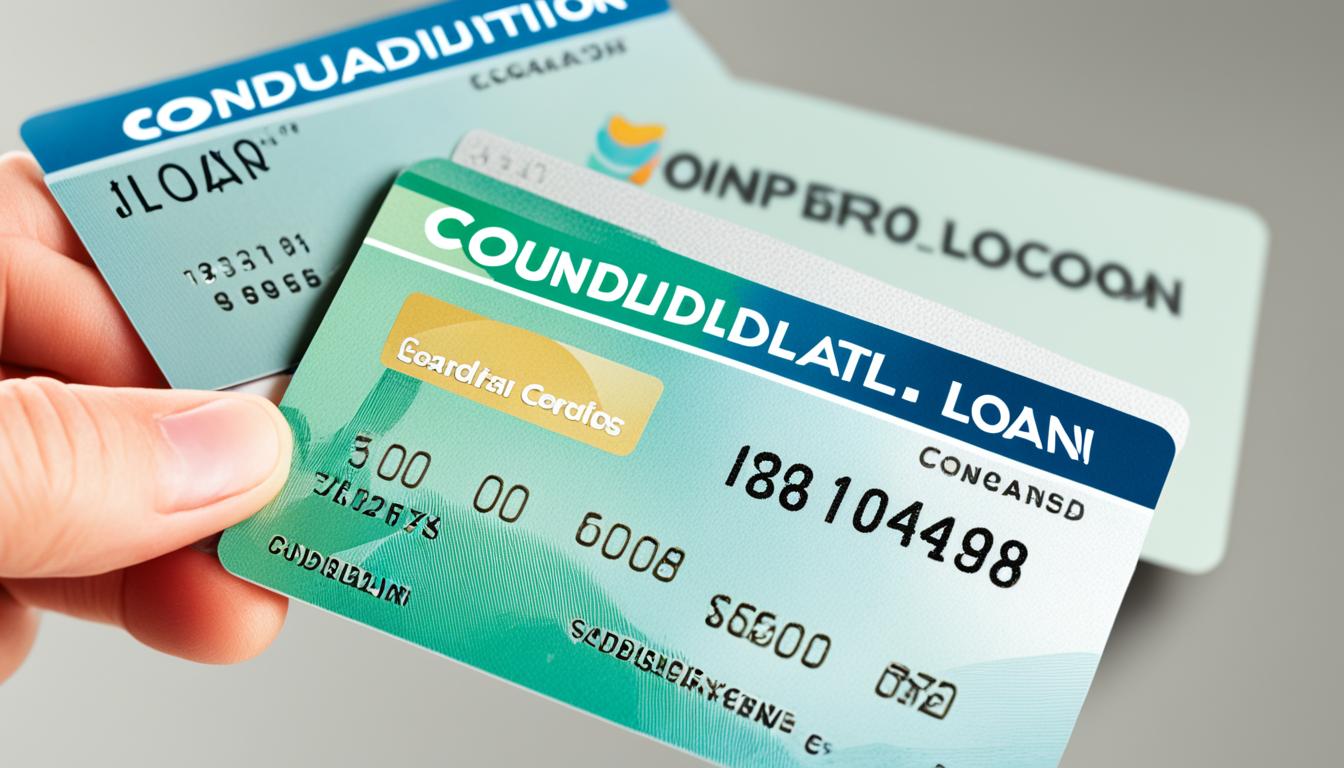Tag: Debt consolidation
-

Effective Debt Management Solutions for Your Finances
Discover effective debt management solutions to regain control of your finances. Learn about consolidation, counseling, and relief programs to achieve financial stability.
-

Strategic Debt Management Strategies for Success
Discover effective strategic debt management strategies to regain financial control. Learn proven techniques for reducing debt and achieving long-term financial stability.
-

Best Egg Loan: Personal Financing Made Simple
Discover the simplicity of personal financing with Best Egg Loan. Competitive rates, flexible terms, and quick approvals make borrowing easier than ever.
-

SoFi Loans: Smart Borrowing Solutions for You
Discover SoFi loans for personal, student, and home financing needs. Get competitive rates, flexible terms, and expert support to achieve your financial goals.
-

Simplify Debt: Credit Card Consolidation Loan
Struggling with credit card debt? A credit card consolidation loan can simplify your finances, lower interest rates, and help you regain control of your money. Learn more now.
-

Consolidation Loans: Simplify Your Debt Today
Struggling with multiple debts? Discover how consolidation loans can simplify your finances, lower interest rates, and help you regain control of your money.

